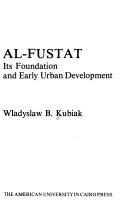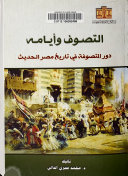The Mirage
Dreams Of Utopia In The Deserts Of Egypt And Greater Cairo's Chaotic Reality

Overview
In the 1974 October Working Papers, Egyptian President Anwar Sadat (1970-1981) announced that the government would launch an ambitious developmental project to populate the desert outside the Nile River Valley. Sadat hoped that this new urban development policy would solve the country's problems with urban congestion and provide access to housing and jobs for a rapidly growing population. A cornerstone of this new public policy was that the government would use America's suburban model and foreign direct investment to aid planners in the cultivation and settlement of the desert. After Sadat's death in 1981, his successors Hosni Mubarak (1981-2011) and Abdel Fatah al-Sisi (2013-present) continued to promote desert projects with even more ambitious goals for urban development outside the Nile River Valley. However, following Sadat's proclamation and four decades of extensive public and private investment into over 30 desert towns as well as hundreds of new industrial districts, agricultural reclamation projects, and tourist resorts, only a very small percentage of Egypt's population actually moved outside of the Nile River Valley. A disappointingly small number of full-time jobs were created in industry, agriculture, and tourism from these desert projects, and public and private capital was wasted on vacant housing. After conducting field work and analyzing a plethora of primary and secondary resources to answer these questions, I have concluded that poor governance derailed Sadat's plan to depopulate the Nile River Valley and Egypt's overcrowded capital. Consequently, a parasitic political elite in alliance with their loyal clients in the domestic and international business community have mainly benefited from these desert projects; the overwhelming majority of the population that continues to live on the Nile River Valley, to put it bluntly, have not. Most of Egypt's population had to solve their own housing and employment problems by constructing informal communities on the Nile River Valley with very little government assistance




















